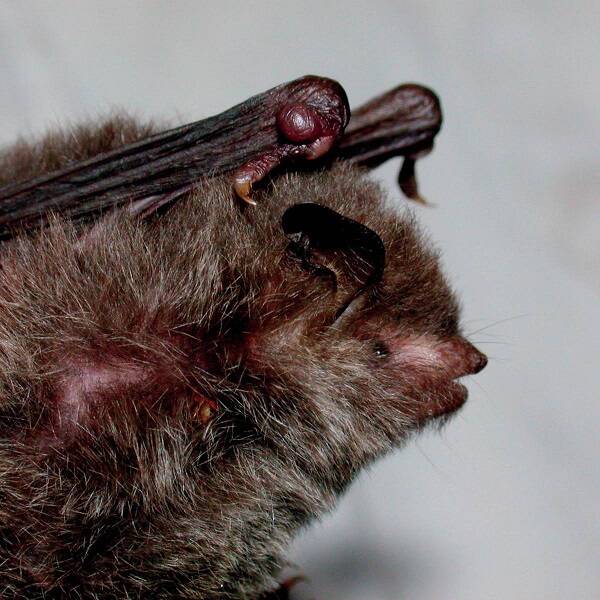
The size of the tall cranial Myotis bat in Vietnam varies greatly, so the subspecies of this species remains to be studied. The Chinese subspecies is <Myotis iligorensis sowerbyi> (Howell,1926). Cave habitat, sometimes can gather large groups, many up to thousands. It is commonly shared with o...
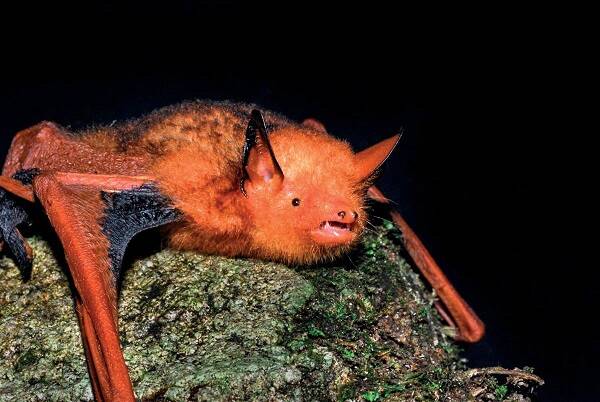
Myotis Watasei feeds on insects, especially mosquitoes, and is beneficial to humans. Csorba et al. (2014) classified the goatley-eared bat (<Myotis formosus) and its related species. Dang Feihong et al. (2016), through morphological and molecular studies, showed that the "goat-eat-bat"...
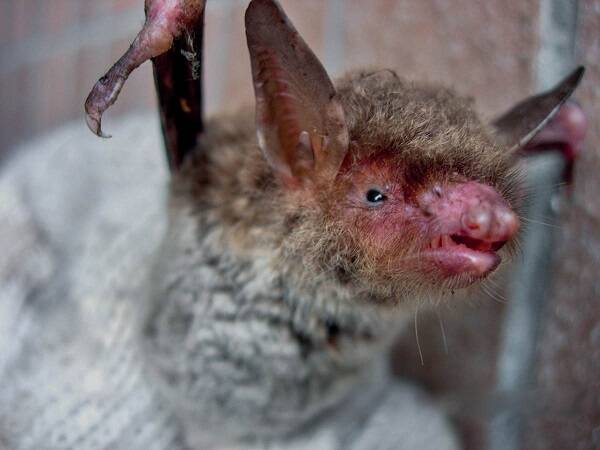
Big-footed mouse-eared bats have attracted much attention because of their special habit of catching fish on the surface for food. Often clustered in hills or mountains, caves. Estrus in late autumn and early winter, and 1 baby in June of the following year. The adult body weight is generally 20g-30...
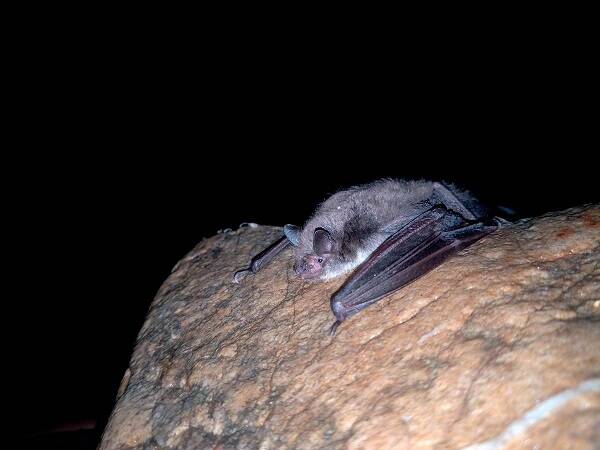
They often live in groups in caves, fly in forest glades, and also fly above water, suggesting that they may trawl the water for fish. The echolocation sound wave is typical frequency modulation, accompanied by 1-2 harmonics. They come out at dusk to hunt nocturnal insects. This specie...
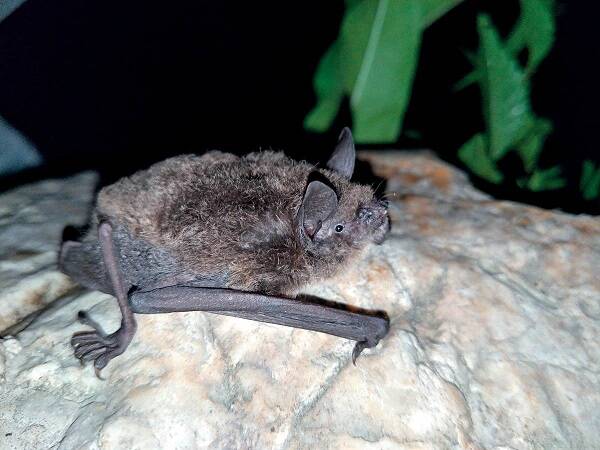
The Great toed Myotis bats inhabit the damp cave walls of the northeast in summer and migrate to warmer areas in winter. The population size is 200-2000, the population is relatively stable, and it is a common species in Changbai Mountain area of China.Great toed Myotis bats emit short, wide-band FM...

East Asian water myoets often live in groups in caves, fly in forest glades, and also fly above water, suggesting that they may trawl the water to hunt fish. The echolocation sound wave is typical frequency modulation, accompanied by 1-2 harmonics. They come out at dusk to hunt nocturnal insects. Th...
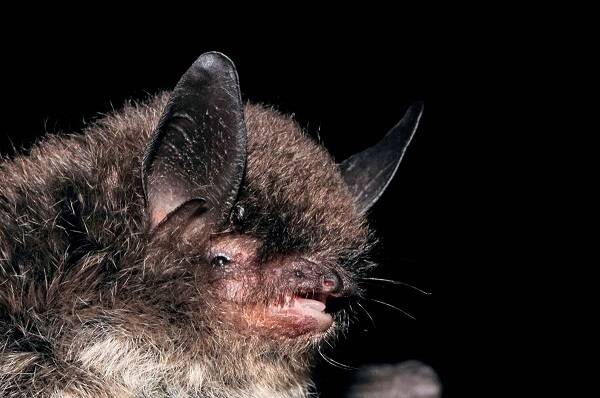
The South China Water Myotis bat is a very common bat with a wide distribution range. It is mostly collected from caves, including natural caves and artificial caves with water. Yingxiang Wang (2003) included this species in the subspecies of <Myotis daubentonii>, and Topal (1997) considered i...
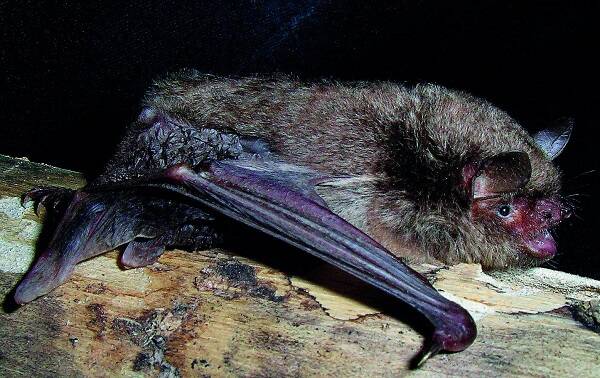
There may be some confusion about the classification of hairy-legged Myotis bats. Different scholars have different classification views, and some scholars have proposed that this species is related to Myotis mysticinus (<Myotis mysticinus>), macrodactylus (<M. macrodactylus>), and long-...
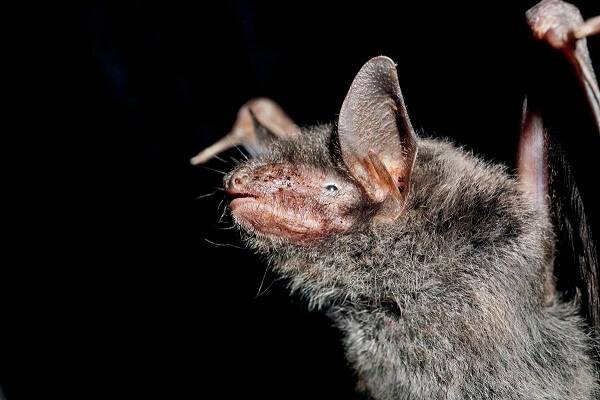
The Chinese Myotis bat is one of the larger species of bat family. It inhabits large caves, hanging single or in numbers from the roof walls of caves. Sometimes they form mixed colonies of tens or hundreds of large footed bats. Flying insects, night out of the cave to hunt, return to the cave before...
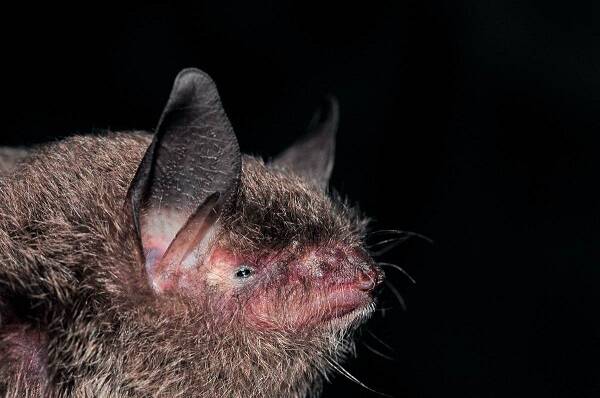
Chinchilla bats belong to the Myotis siligorensis group, which was first identified and named in Yunnan, China, in 2011。It often lives in limestone caves at higher elevations, surrounded by forests and shrubs. Often co-habitates with other bat species, Such as the Chinese Rhinolophus sinicus, the l...
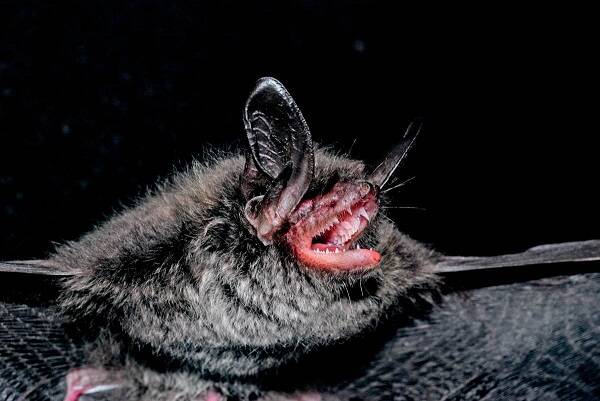
Southwest Mouse-eared bat, also known as Emei Mouse-eared Bat or Sichuan Mouse-eared bat, is an animal of the genus Mouse-eared bat of the bat family, and is a unique species in China. It is distributed in Jiangxi, Guizhou, Anhui, Sichuan and other places, and mainly inhabits caves, and mostly cohab...